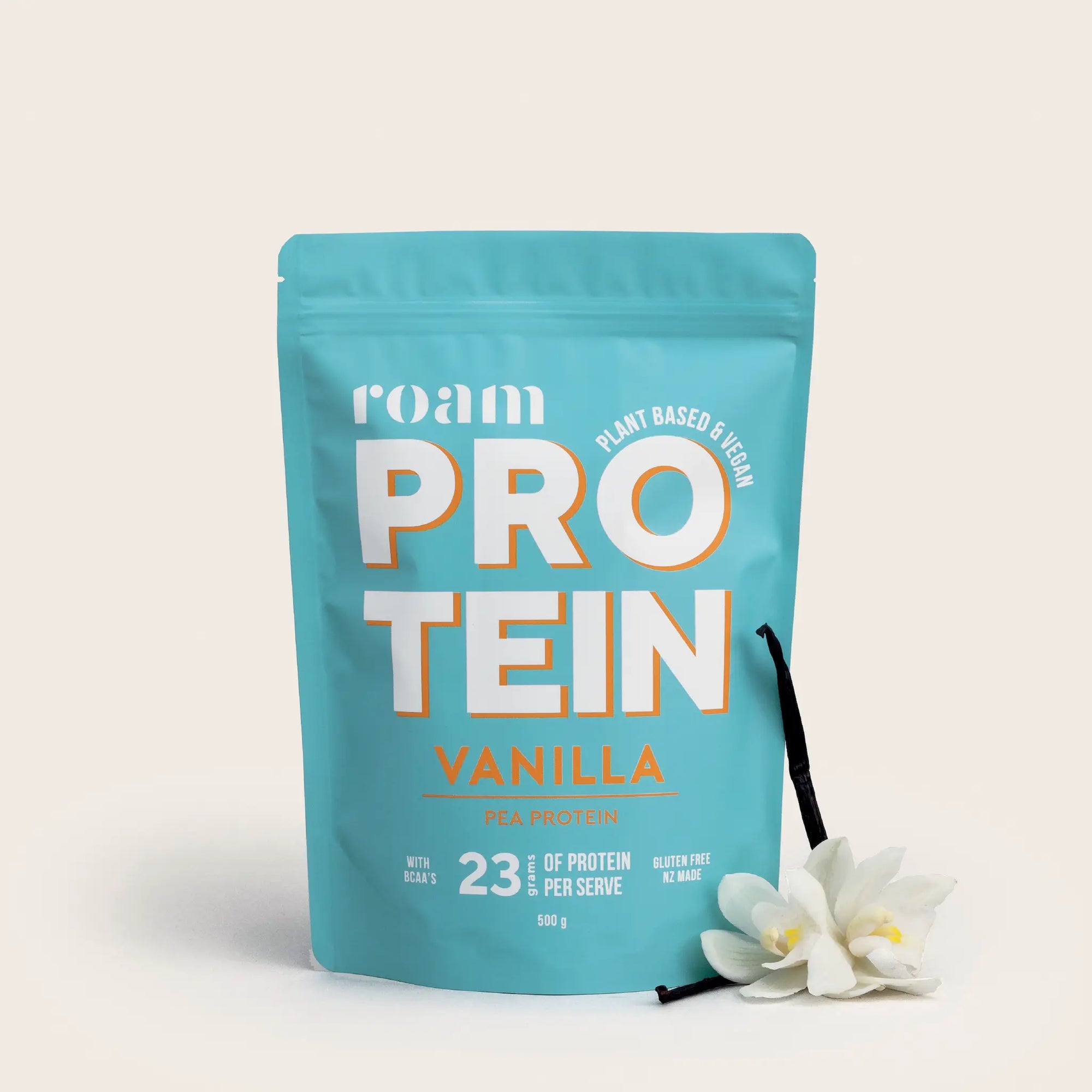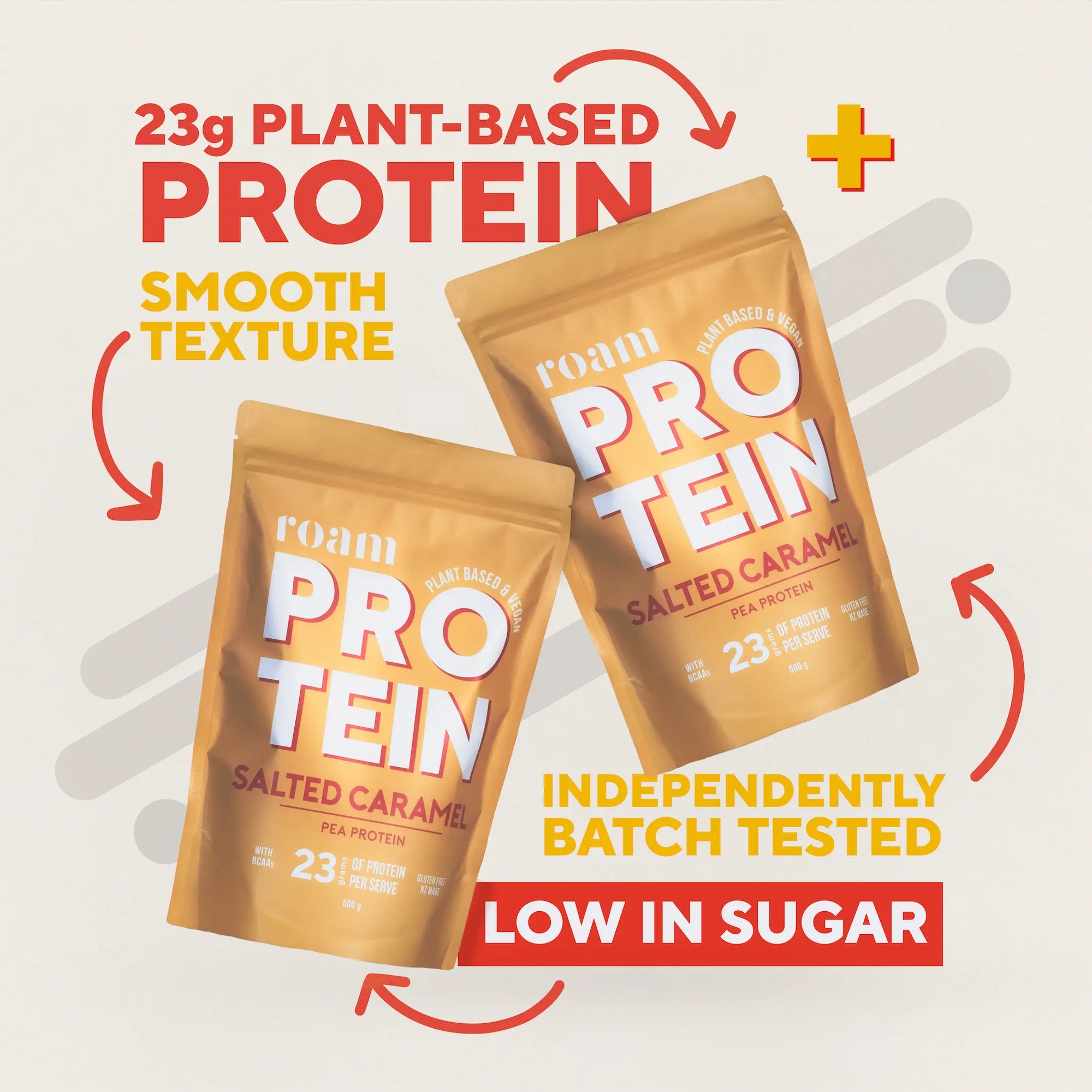Whey Protein and Skin Health: Understanding the Connection
Diet plays a significant role in skin health, and certain dietary choices, including supplements like whey protein, can impact conditions like acne. This article covers how whey protein may cause acne, cause breakouts, or impact your skin.

Acne and Diet
Acne, or skin breakouts, can be influenced by diet. High glycemic foods and dairy products, for instance, have been linked to increased acne severity. This connection is thought to be because these foods may affect our hormones, particularly an increase of a hormone called insulin-like growth factor 1 (IGF-1). Understanding the dietary triggers of acne can help in managing and reducing its occurrence.
IGF-1 and Acne Development:
Insulin-like Growth Factor 1 (IGF-1) plays a crucial role in growth and muscle development, which is beneficial for fitness enthusiasts. However, its impact on the skin can be less favourable. Research indicates that elevated levels of IGF-1 can lead to acne by increasing the production of androgens, such as testosterone, which are known triggers for acne.
During puberty, IGF-1 levels naturally rise, contributing to the common occurrence of acne in teenagers. Individuals with higher IGF-1 levels in their blood often experience more severe acne outbreaks. IGF-1 can also bind to receptors in the skin, increasing sebum production. While sebum protects the skin, excessive production can lead to clogged pores and acne.

Whey Protein and Acne
Whey protein, derived from cow's milk, is popular among athletes for muscle building and recovery. However, its consumption has been associated with acne development, especially in teenagers. Whey protein increases certain hormone levels (such as IGF-1), which can affect the sebaceous glands and lead to clogged pores.
A comprehensive 2020 study involving over 24,000 French adults (Penso study) with acne found a correlation between milk consumption, including whey protein supplements, and acne severity. The study concluded that milk, along with a diet high in sugar and fat, could elevate IGF-1 production, exacerbating acne.
For those with lactose intolerance, whey protein can exacerbate acne due to the lactose content.
Types of Acne Caused by Whey Protein
Supplements, including whey protein, can trigger various types of acne:
- Comedones: These are blackheads and whiteheads.
- Papules: Red bumps on the skin.
- Pustules: Pus-filled bumps.
- Nodulocystic Acne: A severe form, characterised by large red nodules or cysts on the face, chest, or back.

Scientific Evidence
Several studies have examined the link between whey protein and acne:
- Katta R, Desai SP: Found an association between dairy intake during teenage years and severe
acne. - Pontes Tde C, et al.: Observed acne development in young adults consuming whey protein
supplements. - Silverberg NB: Reported cases of teenage athletes developing acne after starting whey protein supplementation.
- Simonart T: Noted the development of acne among bodybuilders consuming whey protein.
- Penso L: A study of 24,000 participants who completed an online questionnaire about their skin condition and dietary habits showed a relationship between acne severity and consumption of milk, sugary drinks, and high-fat foods.
You can find the full references to each study at the bottom of the webpage.

Other Muscle Building Supplements and Acne
Other supplements, especially those contaminated with anabolic agents, can trigger acne. These supplements can alter skin physiology, such as increasing sebaceous gland size and altering skin bacteria, leading to acne. The presence of androgenic steroids in some supplements can exacerbate these effects.
That’s why it’s important to choose a protein that has been batch tested, so you can be sure that it contains nothing suspect. This is especially important if you are also a competitive athlete, as these substances are banned by the World Anti Doping Agency (WADA).
Skin Friendly Alternatives







 Protein Variety Pack – 90g Protein (3 Flavours)
Protein Variety Pack – 90g Protein (3 Flavours)Protein Variety Pack – 90g Protein (3 Flavours)
Regular priceUnit price per$38.97 NZDSale price $35.00 NZD
References
Katta, Rajani, and Samir P Desai. “Diet and dermatology: the role of dietary intervention in skin disease.” The Journal of clinical and aesthetic dermatology vol. 7,7 (2014): 46-51.
Pontes, Thaís de Carvalho et al. “Incidence of acne vulgaris in young adult users of protein-calorie supplements in the city of João Pessoa--PB.” Anais brasileiros de dermatologia vol. 88,6 (2013): 907 12. doi:10.1590/abd1806 4841.20132024
Silverberg, Nanette B. “Whey protein precipitating moderate to severe acne flares in 5 teenaged athletes.” Cutis vol. 90,2 (2012): 70-2.
Simonart, Thierry. “Acne and whey protein supplementation among bodybuilders.” Dermatology (Basel, Switzerland) vol. 225,3 (2012): 256 8. doi:10.1159/000345102
Penso, Laetitia et al. “Association Between Adult Acne and Dietary Behaviors: Findings From the NutriNet-Santé Prospective Cohort Study.” JAMA dermatology vol. 156,8 (2020): 854-862. doi:10.1001/jamadermatol.2020.1602








